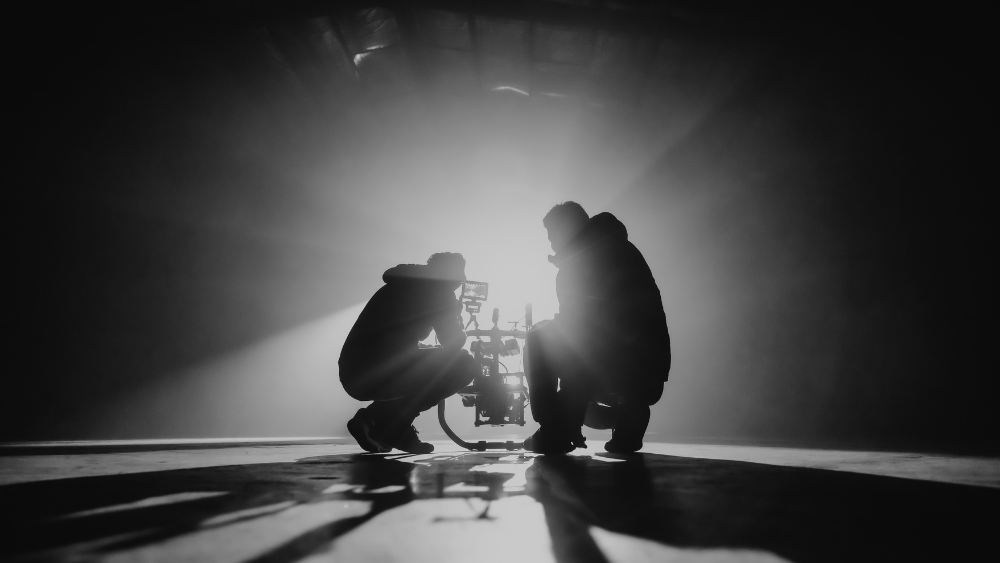What is music cue ‘spotting’?
‘Spotting cues’ is the process of deciding in advance of any composition where music will happen within a piece of media. It’s sometimes done at a specific ‘spotting session’ where head creatives will come together to make those decisions.
At the end of the process, you’ll have all the information needed to create a ‘music cue list’. This document becomes a key tool in planning the music’s schedule, production and delivery.
At the spotting session, the director, editor, music editor, and/or music supervisor might already have decided where they want the music to go before they talk to the composer; or they may not have made any decisions at all.
Usually, in my experience, the people who have been working on the cut will already have at least a rough or general idea.
1. Consider first at any point in the media that you might not need any music at all.
If the emotion is clear and present without music, there’s always the option to go music-free.
Music must add or change something that you deliberately and intentionally want to add or change.
2. Consider what you want the music to do.
Will it:
- Heighten, change or invert the tone?
- Suggest a place in time or space (historical/futuristic/geographical/local/familiar/alien)?
- Show the passage of time (known as an ellipsis)?
- Show the start or end of a section (underline/underscore/bookend)?
- Thematically focus on a particular character, relationship or central narrative theme of the story? If so, do you need to state, re-state or develop a musical theme?
- Fix a ‘clunky’ edit?
Can any of these functions be done any other way (especially in the ‘fixing a clunky edit’ scenario)?
3. Consider where the music specifically will start and stop.
Will the music be sudden or gradual?
- A ‘sudden’ start or stop draws attention to itself and to any nearby edit cut or on-screen action. It’s jarring for deliberate effect.
- A ‘gradual’ entry or exit does everything to not draw attention to itself and is more of a subconscious effect. It’s careful to appear under the radar.
Once everyone has decided and agreed where to start and finish, how to start and finish, why the music is there, and the tonal journey of the cue, along with specific moments of emphasis or change, then the spotting is done.
4. Write up the notes in spreadsheet or database software to create a ‘cue sheet’.
Use the cue sheet to plan, track and manage the composition process.
At this point, the edit might change, and you’ll go through a process called ‘conforming’, where you’ll realign each cue’s start, finish and moments of sync to the new picture. This can be done either automatically or manually, depending on how extensive the changes are and the particular software you use.
This process of spotting cues is basically the same in theatre, TV shows, documentaries and games.
Sometimes you’ll work to a script (usual in theatre), sometimes to an animated storyboard or wireframe animatic (animation), sometimes to a pre-prepared asset list (games).
Sometimes you’ll work with another member of the creative team to build the cue list; sometimes you’ll be left to your own devices to pull the list together yourself.
However, the questions here are always relevant and important to pin down to keep within budget and delivered on time in advance of the bulk of the composition work.
Over to you: any questions? Need a hand spotting cues on your latest feature? Contact me here.
Photo: Credit

